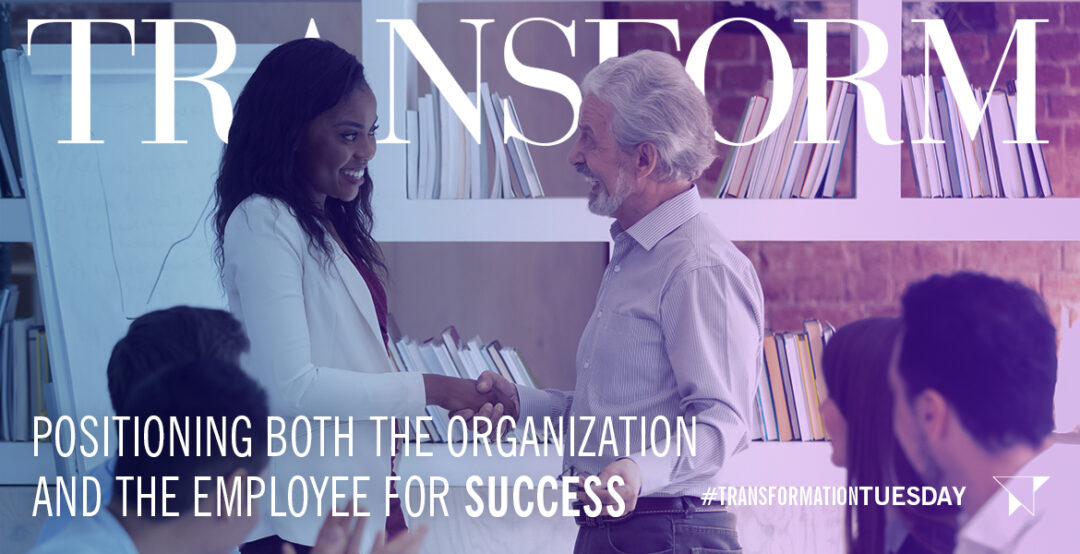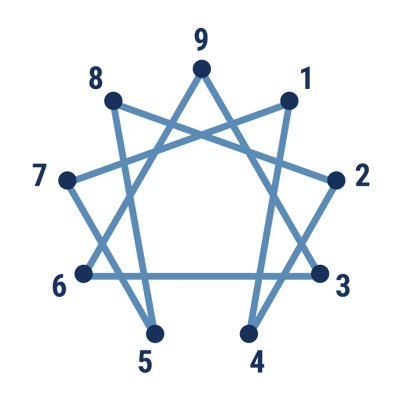For many of our clients, retirement is right around the corner for those employees who have a long tenure with the organization. Does your company have experience with doing succession and retirement planning for the organization and your employees? If not, we thought we’d offer some things to consider and ideas for how to get started.
Successful succession and retirement planning for employees involves three questions. First, what does the organization need to know and do to develop a succession plan for the employee’s position? Second, what does the employee need to do to ensure a smooth transition out of their position? Third, what does the employee need to do to prepare for a transition into retirement? Let’s look at each of these questions and some steps to take to answer these questions.
What does the organization need to know and do to develop a succession plan for the employee’s position?
- The organization needs to perform an analysis of the position held by the employee to define a succession plan for the position. Below are some of the questions that need to be answered.
- When does the employee plan to retire? Will it be a gradual retirement (reduced days/hours over a period of time) or on a certain date?
- What specific responsibilities does this employee hold that no one else holds or performs in the organization?
- What skills, knowledge and expertise does the employee have that will need to be replaced when the employee is no longer working?
- What documentation do you have on the position, how tasks are completed (procedures), and data/document/file management?
- What internal or external relationships does this employee have that would be at risk if they were gone? How will you shore up those relationships?
- How will the transfer of skills, knowledge and expertise be done? By whom? By when?
- What is the profile of a successful candidate for this position?
- When will you need to hire a replacement or promote from within? Who will train the new hire? What will the training program be?
- [Later in the process] Is it appropriate to plan a celebration for this employee’s service? If so, is there a precedence for doing this or will this be the first time? What will the budget be for the celebration? Who can lead this effort?
What does the employee need to do to ensure a smooth transition out of their position?
The employee will play a key role in working with management to answer the questions above. If there is no position description, then asking the employee to do a time log or complete a job analysis questionnaire over a period of time to learn the responsibilities of the position is a first priority.
Once that is completed, many of the questions will be answered by the job analysis questionnaire. If written documentation is not in place, the employee may be asked to develop standard operating procedures for all responsibilities and tasks performed in the position.
Transfer of historical institutional knowledge is often the most challenging task, as well as the transfer of expertise learned on-the-job during the employee’s tenure. This information and knowledge can be captured during the completion of the job analysis questionnaire as well as through creating an intentional plan for capturing the information during trainings, creating videos of conversations/interviews, and/or having someone shadow the employee and write down what is observed.
Lastly, the employee may be asked to train their replacement. Even if you have a strong 90-day onboarding/training plan for the position and written documentation, success in ramping up a replacement is not always guaranteed. Training others is a skill that needs to be learned, and not everyone is a great trainer. While you would hope that the retiring employee is motivated to ensure a successful transition, that may not always be the case. Be sure to assess the engagement and attitude of the employee and be sure that someone is overseeing the training to make sure that the expected training items can be successfully demonstrated or articulated by the replacing employee. The manager should be fully engaged in the replacement’s training and meet frequently with both parties to measure and monitor the transition.
What does the employee need to do to prepare for a transition into retirement?
National surveys confirm that retirement is one of the most troubling passages in adult life for Americans. “41% of respondents in a survey of recent retirees answered that the adjustment was difficult or very difficult. The younger the retiree, the harder the transition and the higher the status one’s work conferred, the steeper the slide to anonymity.” (New Passages by Gail Sheehy)
Purpose, Self-Identify, and Fulfillment are the key drivers for individuals making the transition from full-time work to partial or full retirement. To successfully navigate through the transition, individuals need to consider and plan how to:
- create work and activities that continue to give purpose and fulfillment in their life after a career
- build (on) and create a solid, supportive network of relationships
- continue to learn, grow, and be challenged
- pursue projects and activities that they couldn’t pursue while working
- find ways to stay active, healthy, and energized
- give back through volunteer work and philanthropy
- let go of non-supportive beliefs and habits that may get in the way of a successful transition
It is crucial that the employee prepare for retirement by having a clear vision for what they want to move towards and the lifestyle desired. Through guided exercises, self-reflection and dialogue with loved ones, the employee can:
- define a vision for a successful transition into retirement
- consult with loved ones about the employee’s desires for themselves and how the employee’s
- transition will affect them
- explore their options
- discuss possible actions
- map out a transition plan
- begin taking those actions that align with the vision for their life
Having done this personal work, the employee understands the push/pull nature of ending one phase of life and entering successfully into another and has a plan for how to navigate it successfully.
The Secret Ingredient to Succession and Retirement Planning
At the end of the day, you might think that having a plan is the secret ingredient, but the most important first step is that there be open communication and dialogue between the manager and employee about retirement. All too often an employee is hesitant to talk about it due to their own ambivalence about retiring or fear that once it is brought up, management will begin to treat them differently. Likewise, management doesn’t want the employee to think they want the employee to leave, and if the employee holds a position that will be difficult to replace, management may not want to encourage the employee to consider retirement. The truth of the matter is that employees do start thinking about retirement in their mid-to-late 50’s and early 60’s, and so the best thing an organization can do is make it okay for employees to share their thoughts and then work together on a succession and retirement plan that positions both the organization and the employee for success.
Feeling overwhelmed and still not sure where to start? Let’s talk. We do this all the time, and we’d be glad to help.
Theresa Gale
PRINCIPAL, TRANSFORM, INC.




